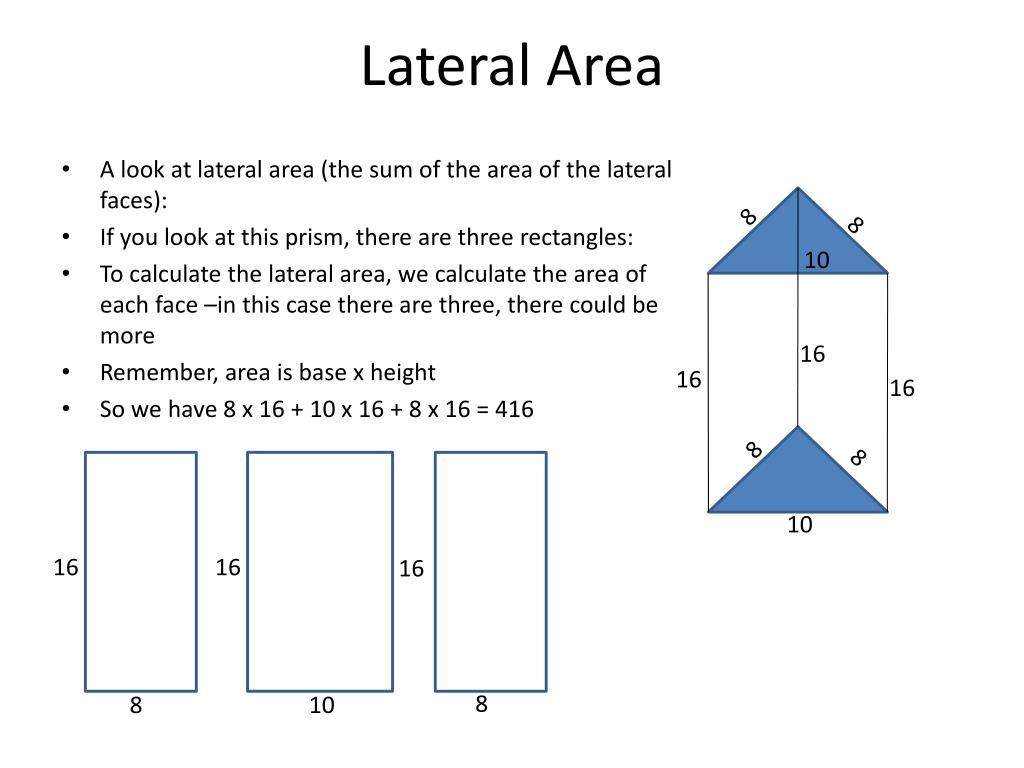

Here we are discussing about prism formulas for right prim Triangular Prism formulasĪ Prism having two parallel triangular surfaces, one rectangular base and two rectangular surfaces are inclined to each other then is is called triangular prism. i.e A prism is said to be polygonal if its two ends are polygons Prism can be classified into different types according to their base shape.Ī prism is said to be triangular if its two ends are triangles it is called rectangular if its ends are rectangles and so on. Volume of right prism = Area of the base ( B) x height ( h) Total surface area of the right prism = Lateral surface area of the right prism + The area of the two plane ends Lateral surface area of the right prism = Perimeter of base (P) x height (h) If the side-edges of a prism are not perpendicular to its ends then it is called as an Oblique prism. The side-edges of a right prism are perpendicular to its base or ends. The flat polished surfaces are refract light.

According to this view a prism is defined as the transparent optical element with polished into geometrical and optically significant shapes of lateral faces join the two polygonal bases. The lateral faces are mostly rectangular. Its dimensions are defined by dimensions of the polygon at its ends and its height. The prism two faces is called the ends and other faces are called the lateral faces or side faces. Prism can be also defined as a polyhedron with two polygonal bases parallel to each other

There are both rectangular and triangular prisms. The volume tells us something about the capacity of a figure.Ī prism is a solid figure that has two parallel congruent sides that are called bases that are connected by the lateral faces that are parallelograms. The volume is a measure of how much a figure can hold and is measured in cubic units. When we determine the surface areas of a geometric solid we take the sum of the area for each geometric form within the solid. The surface area is the area that describes the material that will be used to cover a geometric solid.


 0 kommentar(er)
0 kommentar(er)
